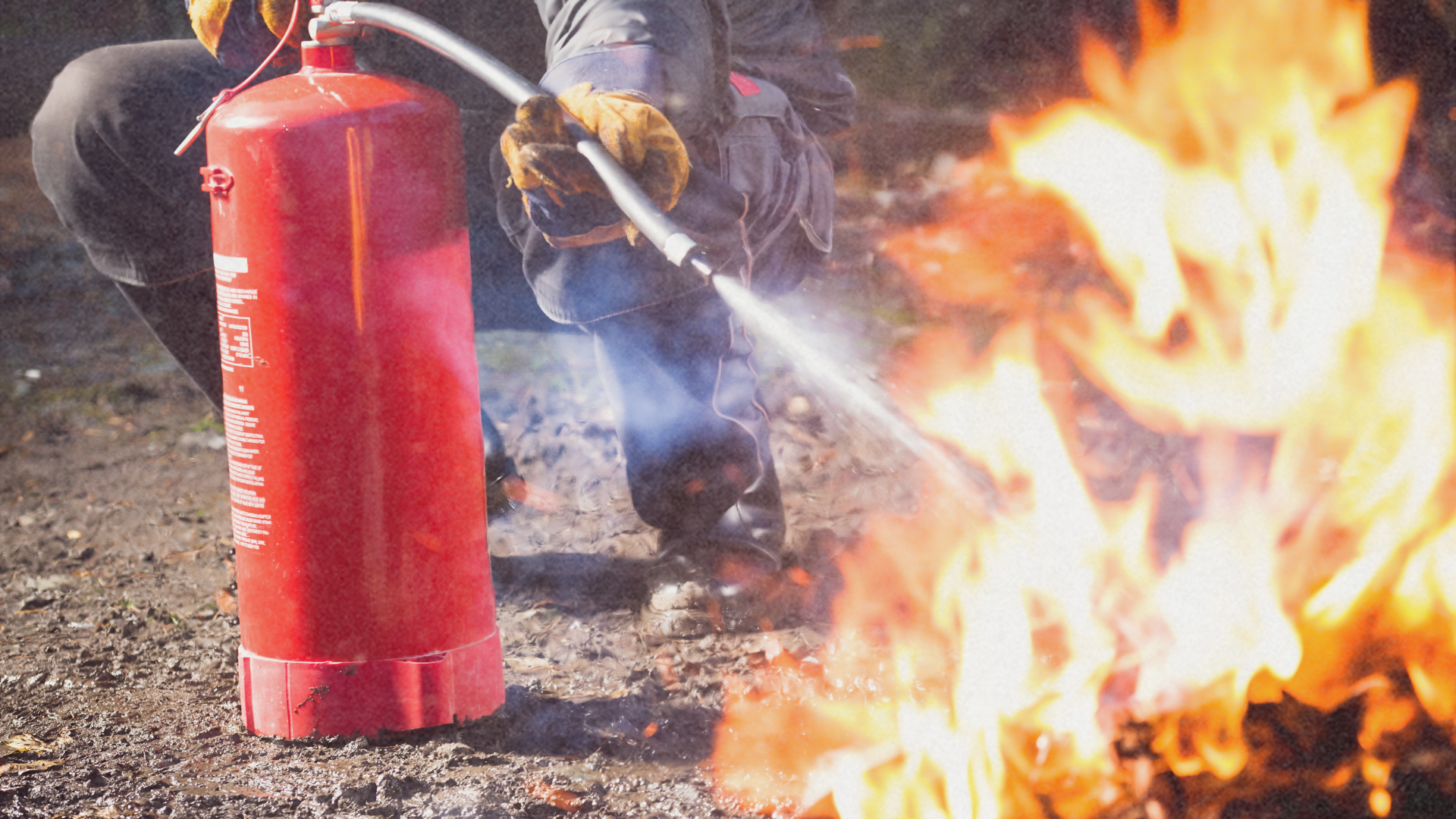It started out as a happy day. More than 20,000 people were pushing the outer limits of athletic and “spiritual” endurance, while crowds cheered their support. Families were so excited to see their loved ones excelling in a beloved pastime. But in the space of mere seconds, lives were lost, bodies were maimed, and psyches were scarred forever. Images were seared into the minds of people around the world. Two improvised explosive devices were detonated in Boston, Massachusetts near the finish line of the Boston Marathon, with many runners still on the course.
Now that the dust has settled, one suspect is dead and another is in custody in the hospital, it is good to review the events of the day, and the following week. It is good to begin to discuss what lessons for future incidents may be developed from what we know. This is a “best practice” after any major incident, and it is intended not to point blame, but to identify what actions should be remembered and incorporated in the future, and what could be improved to reduce risks and enhance responses.
Among the first lessons is the value of closed circuit television (CCTV) recordings. The value of CCTV has been known for quite some time, and was underscored in the investigation of the London bombings known as the “7/7 Bombings.” During this coordinated attack on London metro commuter trains and buses, the CCTV footage allowed police to trace the attackers from the placement of the devices on the targets back to the area of their residences. This footage was virtually to the terrorists’ front door. The review of the tapes provided a great deal of truly invaluable evidence and investigative leads. It also permitted a great examination of the “trade craft” of the suspects that will permit national security personnel to develop “red flags” and behavioral clues that may allow disruption of future events. It cannot be determined how many crimes are actually deterred by CCTV. Obviously, in this case there was no deterrence, but the tapes provide great evidence and information after the fact. The development of increased CCTV presence, as well as the capacity to obtain video and analyze it is critical for the future.
A second lesson is the value of quick and confident release of information by law enforcement and public officials. The first release of information was very shortly after the incident, with frequent additional media releases. The public officials that appeared on camera were calm, self-assured and their actions, tone of voice, choice of words, and delivery all worked to give the public a much needed sense of safety and security during a time of crisis. There were no shows of false bravado, and no shrill ranting. There were no equivocations, and no signs of nervousness, hedging, evasion, and dissembling in the officials’ statements. Only calm professionalism was shown. This built confidence in the shaken public. This kind of public presence and delivery takes practice, but is an important component for the future.
A third lesson is the ability of various units to work together toward a common and important goal. Rather than a group of individuals who were each trying to do their best, the FBI, other federal agencies, the state and local uniformed police, the fire and emergency medical services, and other groups to numerous to list all gave their best efforts in coordinated work. This is evident even from the time of the first explosions, through to the time of the death of one suspect and the capture of the second. This can only be accomplished through practice, and starts at the top layers of command. Commanders and street level personnel must practice and exercise together.
A fourth lesson is the importance of training for street personnel. First responders must work at and maintain good physical shape so that they can respond to emergency situations well. They may have to unexpectedly rescue victims, carry them a distance and so on. They may have to chase and then engage a suspect, who will try to kill the enforcement personnel. In this case, both suspects were trained fighters who were in good physical shape. Beyond the physical shape, both were highly motivated and willing to kill. Enforcement personnel must be in high physical shape in order to successfully protect themselves, their colleagues and the public from these people. In addition, first responders must know and practice fighting techniques, as well as firearms skills. They must know first aid well.
A fifth lesson is the value of building trust between law enforcement and the public it serves. It is amazing to look at images of Boston after the mayor and police asked residents to “shelter in place” since the perpetrators were dangerous and still at large. This is clear evidence that the people as a group trust and believe in the ability of the police and authorities to secure their lives. This trust is built bit by bit, and day by day. It is built by continual trustworthy practices of the police and it is critical for each and every member of the force to know of his and her value to the process of building trust in the community.
There may be more lessons developed as more information becomes available in what is known as the Boston Marathon bombing, but these five stand-out as strong points now that can lead to changes in the way we do business now. Let us learn and grow.





